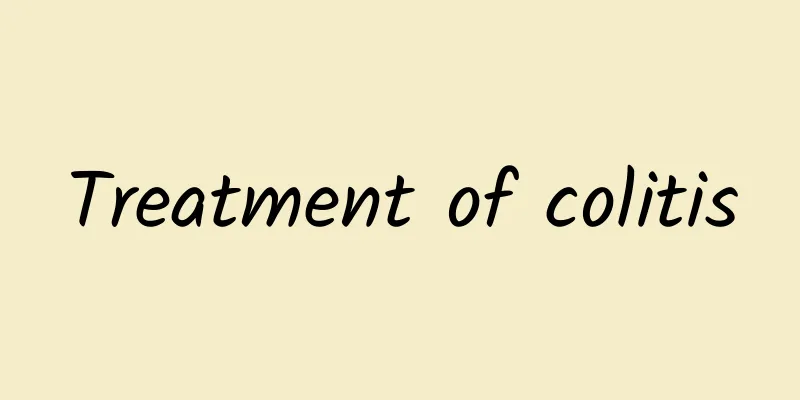The efficacy and function of Phytolacca root

|
The development of Chinese herbal medicines to today is not easy. Our ancestors not only had to study each Chinese herbal medicine, but also recorded their effects, which part can be used as medicine, how strong the medicine is, and what taboos there are; some leaves are the most effective, such as mint, some are seeds, such as star anise, and a large part is the most effective root, like our protagonist today, Phytolacca; what are the effects and functions of Phytolacca root? The cross section or longitudinal cut of the dried roots can be divided into irregular pieces of varying sizes. The cross section is curved and uneven, with wrinkled edges, a diameter of 2.5 to 6 cm, a thickness of about 4 to 9 mm, and a beige or gray-brown outer skin; the cross section is milky white or yellowish white, uneven, with a vast majority of concave annular protrusions. A piece cut longitudinally is wrinkled, about 4.5 to 10 cm long and 1.5 to 3 cm wide. The surface is uneven, and the phloem is mostly raised longitudinal lines. It is hard and not easy to break. It has a slight odor and tastes slightly sweet, then a little bitter, and the tongue becomes numb after chewing for a long time. The preferred pieces are large, white, powdery, and have obvious ring marks on both sides. Antitussive and expectorant effect: When mice were orally administered wild radish infusion, tincture and decoction, they all had obvious antitussive and expectorant effects (phenol red method), with the decoction having the strongest effect, followed by the tincture, and the infusion being the weakest. Chloroform extract and sapogenin also had significant effects, while crude flavonoids and saponins had no significant effects. In the antitussive effect experiment, oral infusions, tinctures and decoctions had no expectorant and antitussive effect in mice (sodium hydroxide solution spray machine to induce cough method), but subcutaneous injection of tinctures and decoctions had a mild expectorant and antitussive effect. Oral administration of crude flavonoids had a significant expectorant and antitussive effect, while the effects of chloroform extract and saponin were not significant. Antiasthmatic effect: Injection of decoction and tincture into the subcutaneous tissue of guinea pigs has no antiasthmatic effect and can only prolong the incubation period (histamine spray machine to induce asthma method). In vitro tests on the antibacterial and antiviral effects showed that the decoction and tincture of wild radish had certain antibacterial effects on influenza streptococcal infection and some strains of pneumococcus, and the decoction was better than the tincture. The juice of Phytolacca sinensis contains a component that is resistant to tobacco mosaic virus, which is a glycoprotein. Injecting the extract of Phytolacca root into toad kidney can significantly increase urine flow. Immediately dropping it into frog kidney or webbed feet can cause capillary dilation and increased blood flow. However, the effects of potassium salt or Phytolacca root charcoal are different. Therefore, the beneficial urinary effect of Phytolacca is not due to the potassium salt it contains, but potassium salt also plays some additional roles. |
<<: The efficacy and function of the golden iron lock
>>: The efficacy and function of the root of Phytolacca
Recommend
What ointment is good for foreskin cracking
Many men will find that their foreskin is cracked...
The best time for a second caesarean section
We all know that cesarean section is more harmful...
Why do you feel a swelling in your neck?
More and more people are frequently experiencing ...
What is the reason for the brown discharge from the placenta?
If brown vaginal discharge appears during the gro...
Can cupping remove moisture from the body?
In the hot summer, because of the hot weather, ma...
Why does bleeding occur a few days after taking birth control pills?
Contraceptive pills are a very popular emergency c...
What causes synovitis of the foot?
The human joint is an important part that connect...
What are the effects and functions of Rehmannia glutinosa?
Have you ever paid attention to the effects and f...
Breast cyst nodules
The mammary gland is the main channel for secreti...
What causes acne on the face
Acne is actually what we call pimples, and is als...
What is the reason for girls' back pain?
Women's physical condition is not as good as ...
Functions and indications of Tianshan King of Toxic Ringworm
Some people may develop symptoms such as psoriasi...
What are the treatments for autoimmune encephalitis?
The treatment of autoimmune encephalitis must fol...
Contraindications after lumbar fusion surgery
Speaking of modern medicine, it can be said to be...
What fruits to eat when you have a cold
Cold is a very common disease, which is very harm...









